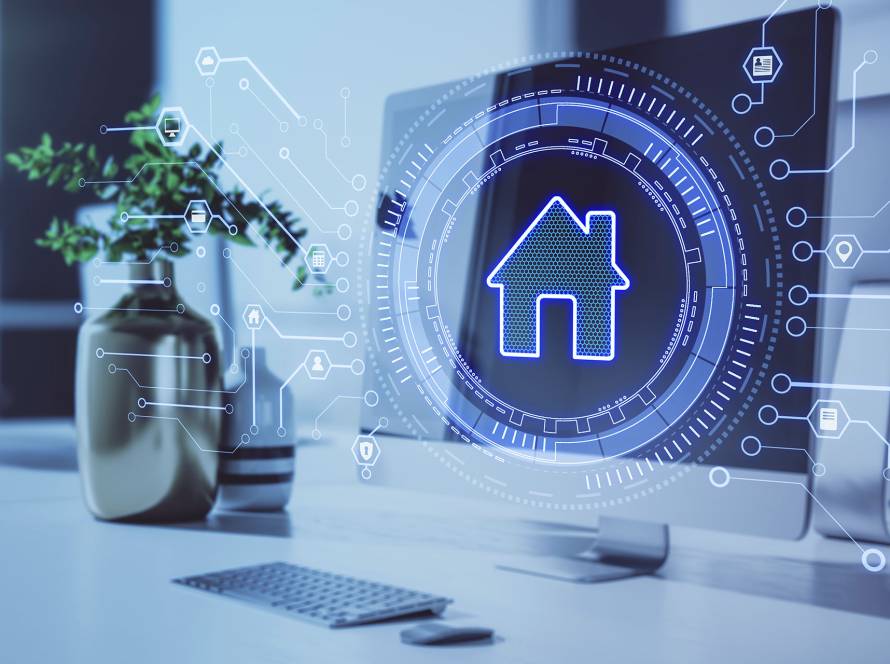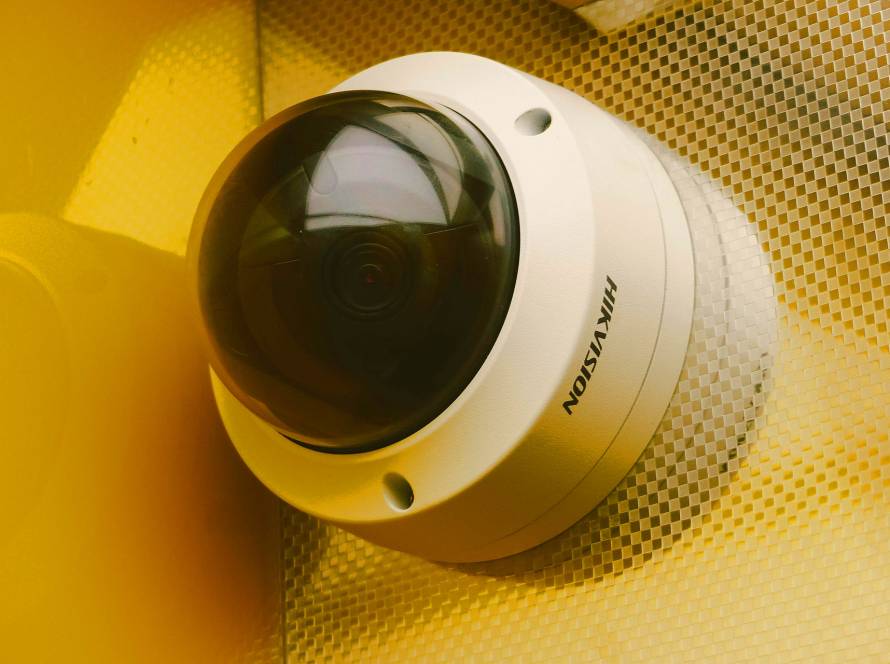A fully connected home isn’t about stuffing every room with gadgets—it’s about making life smoother, more convenient, and, yes, even a little magical. The right tech can simplify daily routines, save energy, and create a space that responds to you. But where do you start?
Start with a Strong Foundation
Before diving into smart devices, check your Wi-Fi. A weak or inconsistent connection will turn your high-tech dreams into a frustrating mess of lagging responses and dropped signals. If certain areas of your home suffer from dead zones, a mesh Wi-Fi system or range extender can help.
Once your internet is solid, choose a central hub. Many smart homes run through voice assistants like Amazon Alexa, Google Assistant, or Apple HomeKit. This keeps everything streamlined, so you’re not juggling multiple apps for different devices.
Automate the Basics
Some upgrades make an immediate impact without much effort.
- Smart lighting—Set schedules, change colors, or dim the lights with a voice command.
- Smart thermostats—Learn your habits and adjust temperatures automatically to save energy.
- Smart locks—Let you unlock the door with your phone or a voice command (goodbye, lost keys).
These small changes make life easier and often reduce energy bills in the process.
Expand with Smarter Security
A connected home should also be a safe one. Video doorbells, motion-sensing cameras, and smart alarms provide security even when you’re away. Some systems can even send alerts directly to your phone if something seems off.
If you travel often or just want peace of mind, smart plugs can make it look like someone’s home by turning lights on and off at random times.
Conclusion
It’s easy to go overboard with smart tech, but the key is choosing devices that actually improve your life. Focus on automation that eliminates hassle—like never coming home to a dark house or waking up to a perfectly brewed coffee.
When everything works together seamlessly, a smart home doesn’t just feel futuristic—it feels like home, only better.



